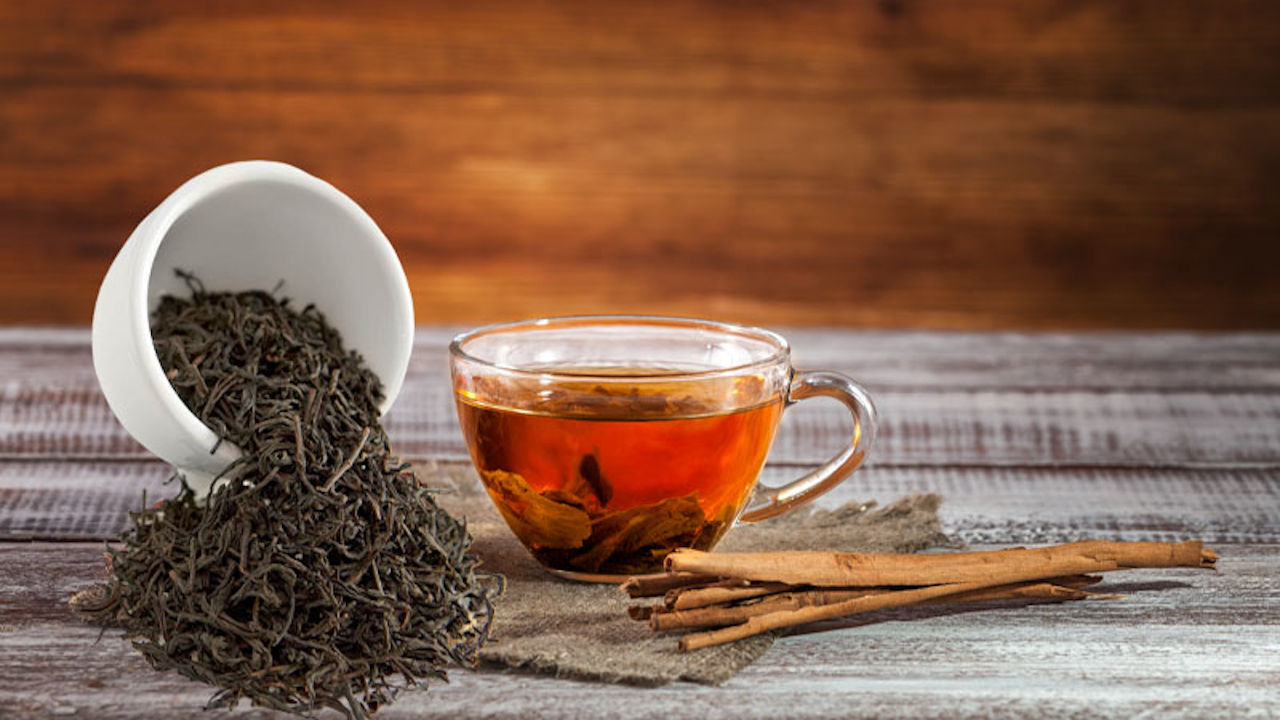Black tea leaves are graded and evaluated based on their quality and how they were processed. The best teas are whole-leaf varieties, followed by broken leaves, fannings, and finally tea dusts.
You might not be familiar with the term “Orange Pekoe” if you’re new to the world of whole leaf teas. Or perhaps you’ve heard of it before and thought of it as a colored or orange-flavored tea.
The term “Orange Pekoe” refers to the best whole leaf black teas and is based on the origin of the leaf (the size and location of the leaf on the tea plant).
If you’re anything like me, you’re curious about the origins of the words Orange and Pekoe and how they came to be used to describe a particular type of tea.
In the 1600s, the Dutch royal family is believed to have brought black tea to Europe. The best quality tea was reserved for the royals and when it was introduced to the market, vendors called it ‘orange’ pekoe to associate themselves with royalty.
Pekoe or ‘pek-ho’ is the Chinese term for white down, which refers to the fine hair present on the youngest leaves of the tea plant. These young leaves are said to produce the best quality tea, making orange pekoe tea highly sought after. To be classified as orange pekoe, the leaves must be made up entirely of new growth (the leaf bud plucked with two youngest leaves). This indicates that the younger the leaves are when picked, the better the tea will be.
Tea grading is a process of categorizing tea leaves according to quality and overall appearance. The Orange Pekoe (OP) system is one of the most widely used methods for grading black teas. This system further breaks down into specific subgrades, such as flowery orange pekoe, golden flowery orange pekoe, tippy golden flowery orange pekoe, and finest tippy golden flowery orange pekoe.

